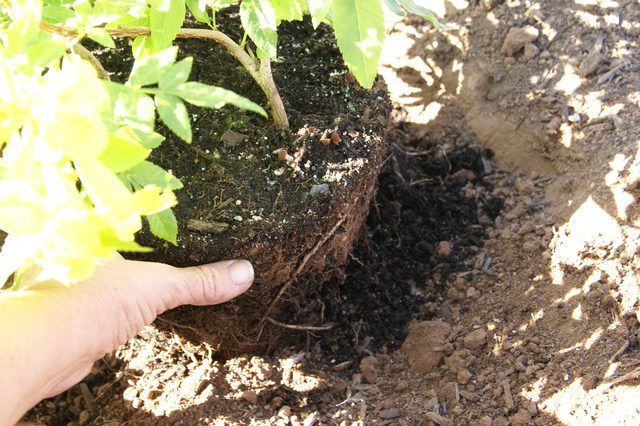Bulbs
Flower Basics
Flower Beds & Specialty Gardens
Flower Garden
Garden Furniture
Garden Gnomes
Garden Seeds
Garden Sheds
Garden Statues
Garden Tools & Supplies
Gardening Basics
Green & Organic
Groundcovers & Vines
Growing Annuals
Growing Basil
Growing Beans
Growing Berries
Growing Blueberries
Growing Cactus
Growing Corn
Growing Cotton
Growing Edibles
Growing Flowers
Growing Garlic
Growing Grapes
Growing Grass
Growing Herbs
Growing Jasmine
Growing Mint
Growing Mushrooms
Orchids
Growing Peanuts
Growing Perennials
Growing Plants
Growing Rosemary
Growing Roses
Growing Strawberries
Growing Sunflowers
Growing Thyme
Growing Tomatoes
Growing Tulips
Growing Vegetables
Herb Basics
Herb Garden
Indoor Growing
Landscaping Basics
Landscaping Patios
Landscaping Plants
Landscaping Shrubs
Landscaping Trees
Landscaping Walks & Pathways
Lawn Basics
Lawn Maintenance
Lawn Mowers
Lawn Ornaments
Lawn Planting
Lawn Tools
Outdoor Growing
Overall Landscape Planning
Pests, Weeds & Problems
Plant Basics
Rock Garden
Rose Garden
Shrubs
Soil
Specialty Gardens
Trees
Vegetable Garden
Yard Maintenance
How to Plant a Tree or Shrub From a Container
How to Plant a Tree or Shrub From a Container. It's generally safe to remove a tree or shrub from its container and plant it anytime during the growing season -- usually late spring, summer and fall. As you would when transplanting any other plant, take special care with the tree or shrub's planting depth, its roots and watering.
It's generally safe to remove a tree or shrub from its container and plant it anytime during the growing season -- usually late spring, summer and fall. As you would when transplanting any other plant, take special care with the tree or shrub's planting depth, its roots and watering.
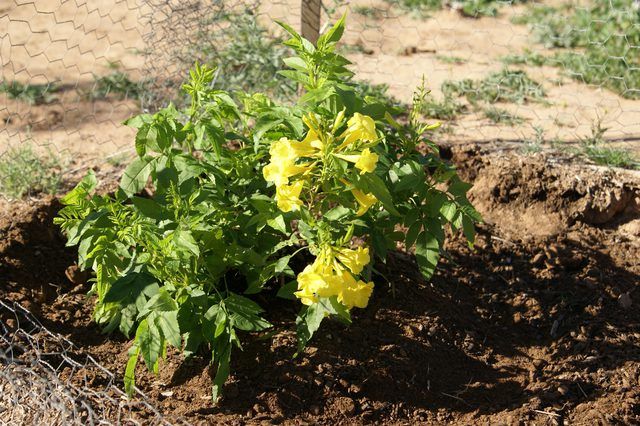
The tree or shrub's planting hole needs to be the correct size. Use a tape measure to determine the distance from the plant's uppermost set of large roots to the bottom of the container. In some cases, that task may require digging a little into the soil at the container's top to see the roots. Because you will plant your tree or shrub so that those roots are at the soil surface, the distance between them and the container's bottom will indicate how deep the planting hole should be. Contact your utility companies before you dig to ensure you will not disturb underground lines. With a shovel, make the planting hole that deep and about three times as wide as the tree or shrub's container.
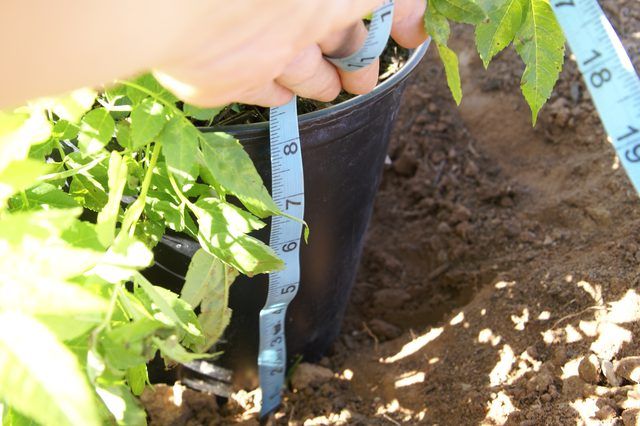
Most trees and shrubs need good soil drainage. If the soil inside the planting hole looks compacted or is clay, then fill the hole with about 18 inches of water during a dry period when the ground is not frozen, let the water sit overnight and then check the hole in the morning. If water is still in the hole, the area doesn't have good drainage. So either ensure the tree or shrub is a variety that tolerates poor drainage or put 1 to 2 inches of soil back in the hole.
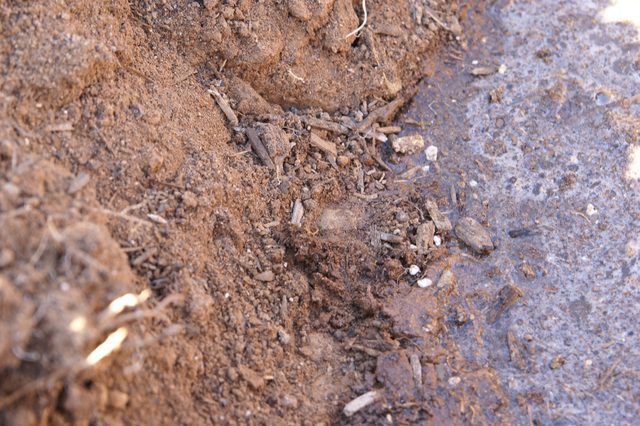
The roots of a tree or shrub grown or placed in a container can become root-bound or girdled around the container's edge. Loosen your plant's roots by turning the plant on its side, taking care not to bend or break branches, and then gently sliding the container from the plant. Wipe a pair of hand pruners with a solution that is nine parts water and one part bleach, and then use the tool to make four or five vertical cuts from the top to the bottom of the root ball where it previously touched the container's walls. Also cut an "X" in the bottom of the root ball. Large roots should be gently pulled out and straightened.
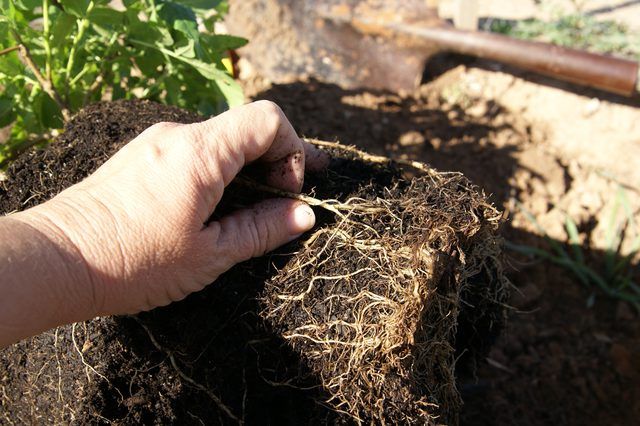
When the tree or shrub is planted in well-draining soil, the top of its root ball should be flush with the soil surface. When it is planted in poorly draining soil, however, the extra 1 to 2 inches of soil you put back in the planting hole means you can leave 1 to 2 inches of the root ball's top above the soil surface, as a Virginia Cooperative Extension article indicates. Set your plant's root ball accordingly in the hole you dug. Fill the rest of the hole with the soil you removed when you dug the hole, and then gently step on the newly laid soil to compact it. Place a 3- to 4-inch-deep layer of bark mulch or wood chips over the planting site and slightly outside of it. If the top of the root ball is above the soil surface, then it should be covered with the mulch. Don't allow mulch to touch the trunk of your tree or shrub, however. Water the tree or shrub's ground without about 5 to 7 gallons of water once each week. The plant needs water when its soil at a 4- to 8-inch depth is dry or somewhat damp.
